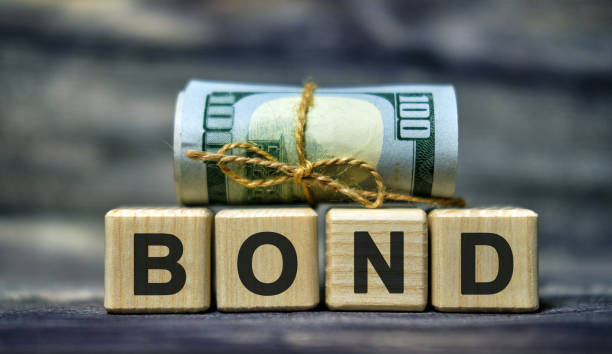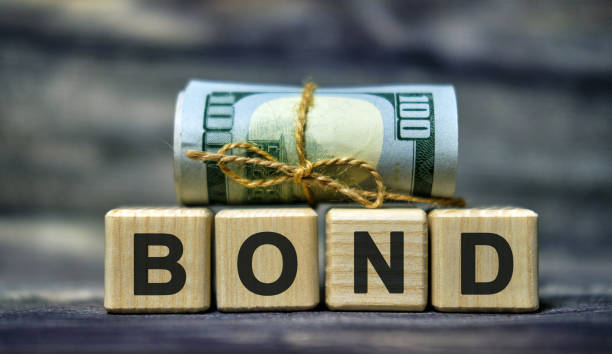
Markets
Focus was on the US yesterday, with a series of key gauges being released. May retail sales disappointed (though following an upwardly revised April) while (core) factory gate inflation accelerated to a series high (6.6% y/y headline, 5.3% core). The Empire State manufacturing index declined more than expected to 17.4. The mixed bag made it hard to draw firm conclusions on what it means for Fed policy. US (tech) stocks slid. US yields rose a few bps intraday only to return back to opening levels after the data. German bunds underperformed with yields finishing 1.2 bps (5y) to 1.9 bps (10y) higher. Commodities, especially metals including copper, iron and aluminum, tanked in some cases more than 4%. Rumours (which were confirmed today) circulated China is looking to tap its state reserves to accelerate its campaign to reign in surging raw material prices. The dollar didn’t pick sides. EUR/USD explored both the south and the north but finished flat eventually. Sterling ignored a solid job report. EUR/GBP closed near 0.861.
Asian-Pacific stock markets trade mixed. Investors clearly await clues from the Fed later today. China underperforms, losing more than 1%. Japanese exports/imports data slightly disappointed in May but are within the margin of error. FX markets trade quietly. AUD and NZD take the G10 lead. The USD is going nowhere. Core bonds trade sideways.
Fed day. The June policy meeting comes with updated macro-economic forecasts. Inflation will most likely show an upgrade after the recent high readings that took both the Fed and markets by surprise. We expect the strong and ongoing economic recovery to have convinced a majority of Fed governors of higher policy rates in 2023 instead of 2024. We see risks for the Fed hiking the IOER rate (0.1%) and/or the rate paid on its reverse repo facility (0%). Stimulus payments, ongoing massive QE and a general shift to longer debt maturities by Treasury are some of the elements to have created a big wall of cash that pushed the front end of the US curve towards zero. It was already announced earlier that the Fed will start selling its $14bn corporate bond facility later this summer. June will mark the start of also discussing the government bond and MBS buying programmes: they will “talk about talking about tapering”. It’s a first step in what is probably going to lead to pace down MBS buying first later this year followed by govies in 2022. We expect chair Powell to flank the upbeat forecasts and (very) early tapering steps with an as dovish possible tone, referring i.a. to the disappointing payrolls releases. Inflation will still be regarded as temporary but will markets keep buying into this narrative against an ever-improving background? There is room for some return action higher in US yields, especially after the recent decline. The dollar could profit from some taper anticipation though much depends on what will be driving rates: inflation expectations (market assume a too slow Fed) or real yields. EUR/USD’s first support area situates around 1.205 (38.2% retracement April-May rise).
News Headlines
The Reserve Bank of New Zealand said the bank and the minister of finance had agreed to update their shared Memorandum of Understanding on macro-prudential policy and add debt serviceability restrictions to the list of potential tools available. These restrictions such as a debt-to-income limit is aimed to ensure that house prices do not deviate too much from sustainable levels. Earlier this year, the New Zealand finance Ministry already issued a formal direction to the RBNZ to have regard to house price sustainability when making financial stability decisions.
Japanese exports in May jumped by 49.6%, the biggest gain since April 1980. Exports to China, Japans largest trading partner rose 23.6%. Exports to the US even jumped 87.9% in May, mainly driven by cars and out parts. Exports to the EU climbed 69.6% The sharp rise was mainly due to a lower comparison base last year. However, exports are now also more than 7% above the comparable level in 2019. At the same time imports rose 27.9%. External demand remains an important driver for the Japanese economic recovery as domestic demand is still hampered the coronavirus. The BOJ meets tomorrow and Friday and is likely to continue its ultra-easy policy. The yen weakened about 7% against the dollar since the start of this year.


 Signal2forex.com - Best Forex robots and signals
Signal2forex.com - Best Forex robots and signals




